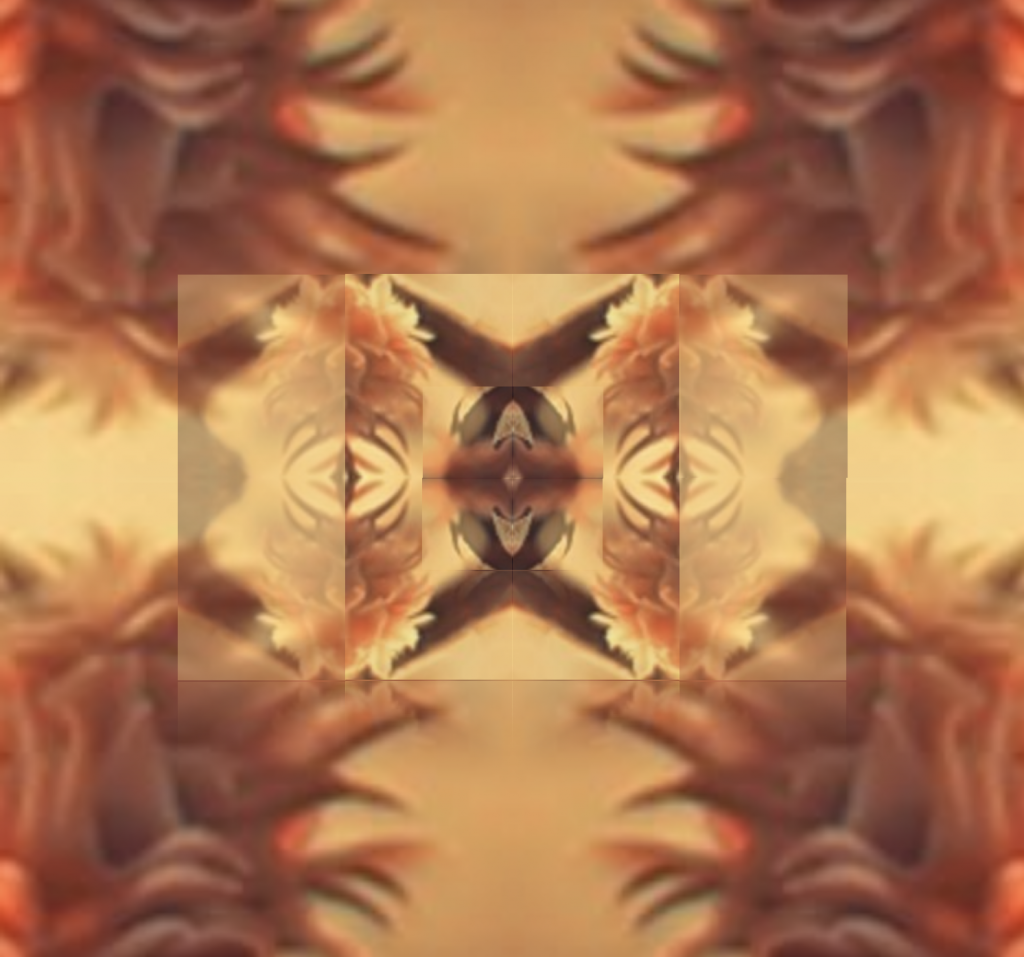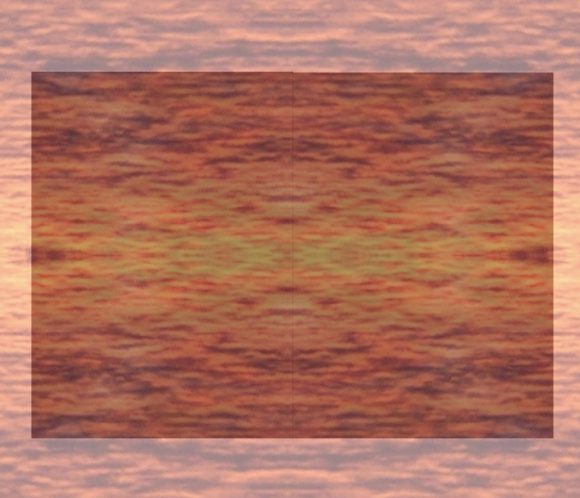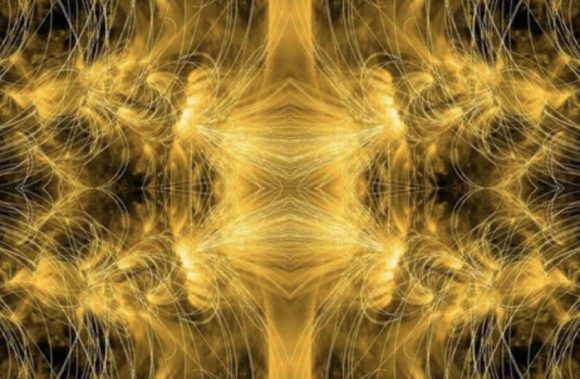In an earlier post, I mentioned Jung’s view that spirit (Geist), the archetype of the built-in meaning (Sinn) in our world, was originally a separate being, “facing” us humans, and then over the evolution of the human psyche has become “integrated” into consciousness.
What does that even mean? How does one “integrate” a timeless, unchanging, invisible “presence” into one’s mind?

1. The archetype of spirit, as Jung memorably puts it, “represents the pre-existent meaning hidden in chaotic life” [“der Archetypus des Geistes, welcher den präexistenten, im chaotischen Leben verborgenen Sinn darstellt”; GW IX/I, §74].
We might object that this is merely a projection. Meaning, we might say, is something we perceive when we look back at a tumultous stretch of events (or even centuries of history), but we can only perceive it there because it is a feature of our interpretation: meaning is something we read into chaotic life as we experience it (or hear or read about it, in the case of historical events). We make meaning, by purposefully structuring the way we understand things; meaning is a product of our activity of sense-making. And the emphasis here is on our own “making”: we produce it in accordance with our current needs, our present active goals.
Jung would have agreed — but only up to a point. It is true that we have developed conscious control over the external world, and the meaning we perceive in it. We can assume, as he says, “with some justification that we ourselves give it [i.e., meaning]”, and it also seems equally true that the world, just in itself, doesn’t need it: “with equal justification we believe that the world at large can subsist without being interpreted.” (Ibd., §67.)
However, this assumption doesn’t go very deep:
Yet how do we give meaning? Where, at the end of the line, do we take it from? The forms of our meaning-productions are historical categories that reach upwards into a nebulous ancient age, and that is something generally insufficiently accounted for.
Wie aber geben wir Sinn? Woher nehmen wir Sinn in letzter Linie? Die Formen unserer Sinngebung sind historische Kategorien, die in ein nebelhaftes Altertum hinaufreichen, worüber man sich gewöhnlich keine genügende Rechenschaft gibt.
GW IX/I, §67.
Let’s slow down at this point and look carefully at this objection. First, Jung does not deny that “we”, i.e. human beings, produce meaning. But he notes that our forms of doing this (the patterns of sense-making, if you like) are generally ancient and stable. Since we can assume that consciousness has developed from dim beginnings (ages ago) to high sophistication now, it seems odd that the forms of meaning-production haven’t also evolved, but rather have been there, more or less the same, all along. At the time of that “nebulous ancient age”, meaning-production has been going on, following those same forms we know today, but it couldn’t have been human consciousness which did it (because that wasn’t so well developed yet). Then what did produce meaning, then?
Jung’s own view, of course, was that meaning (Sinn) already existed, then as now, and instead of human consciousness reading it into the world, meaning approached humans in the shape of something that came out of the world, as an independent being “facing” them. In the shape of what (we may ask)? And the answer is: in the shape of spirit (Geist), that is, as Wise Old Man dream figures, as mythical mentors, or perhaps even as ancestral ghosts. (We don’t have to assume that “ghosts exist” — Jung himself proclaimed himself to be neutral on that question —, for we might understand these psychologically, i.e. as unconscious projections.)
There is a second point that we can find in the objection, quoted above: if the forms of meaning-production have persisted through times, then historically people must have noticed them. And people in general, Jung found, did not count the forms of meaning-production under the features of human consciousness:
Actually, this kind of content has, up to very recently, rarely been attributed to the human personality.
Tatsächlich handelt es sich hier um einen Inhalt, der bis in die neueste Zeit nur sehr selten der menschlichen Persönlichkeit zugerechnet wurde.
GW XII, §412.
Again, if to not conscious acitivity, then (historically), whom or what did we assign them to, Dr Jung? Once more, the answer is: to Spirit — understood as
[…] an unconscious part of the personality, which we assign a higher awareness and a superiority over the ordinary human. Empirically, such figures [representing Spirit, pneuma etc.] always express superior insight or qualities, which are not yet conscious, and of which it is anyhow doubful whether they can be attributed to the ‘I’ in the proper sense or not.
[…] einen unbewußten Persönlichkeitsanteil, dem eine höhere Bewußtheit sowohl wie eine Überlegenheit über das gewöhnlich Menschliche zugeschrieben wird. Empirisch drücken solche Figuren [representing Spirit, pneuma etc.] stets überlegene Einsichten oder Qualitäten aus, welche noch nicht bewußt sind, und von denen es auch überhaupt zweifelhaft ist, ob sie dem Ich im eigentlichen Sinne zugerechnet werden dürfen oder nicht.
GW XII, §411.
Now, if we grant this idea of a pre-existent meaning, one which people have for almost the entirety of history considered as outside their minds, and which expresses itself in our forms of meaning-production (themselves ancient and stable) and in the occasional appearance of archetypal dream figures such as the Old Man … if we grant all that, then the obvious question is: how was it possible for this to actually get integrated into human consciousness? After all, it seems that Jung concedes that it did (both in the passages quoted above, and also at GW §§393, 454), and he frequently warns against the risks that such an integration causes, too. How does Jung think such an “integration” might have worked?
(Line of thought continues here.)




[…] (This continues the line of thought from my previous post.) […]